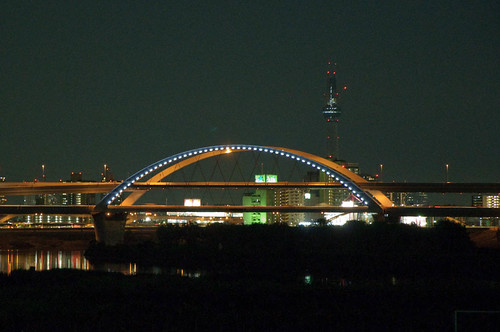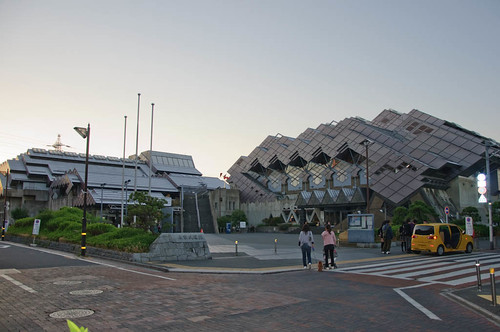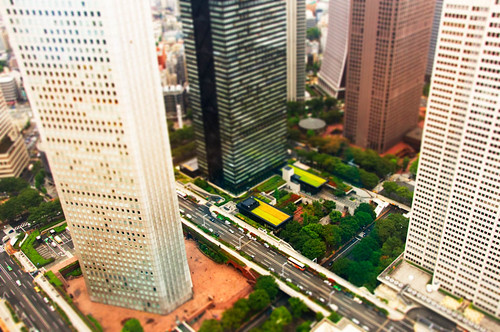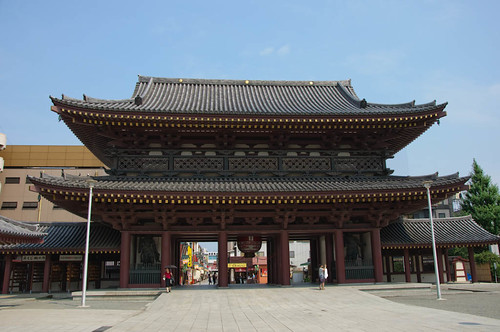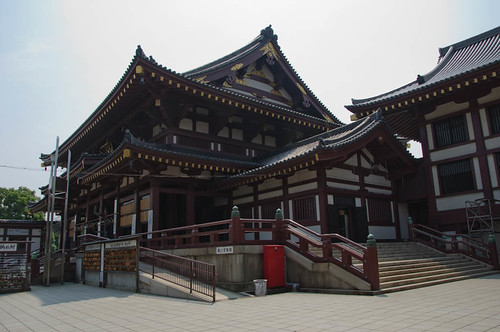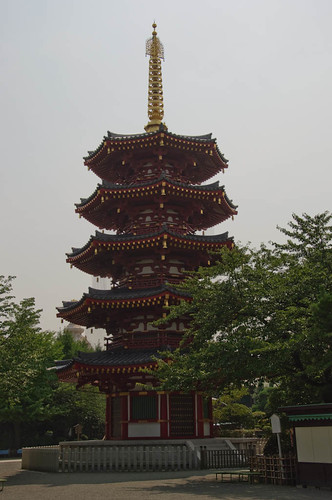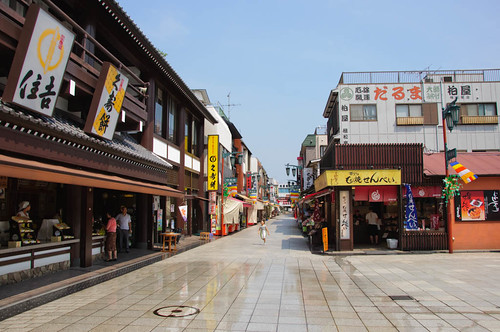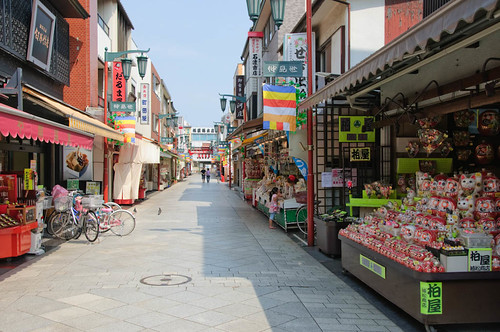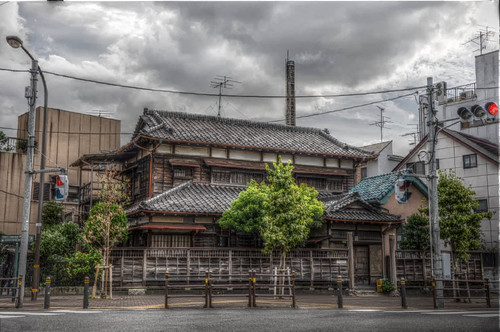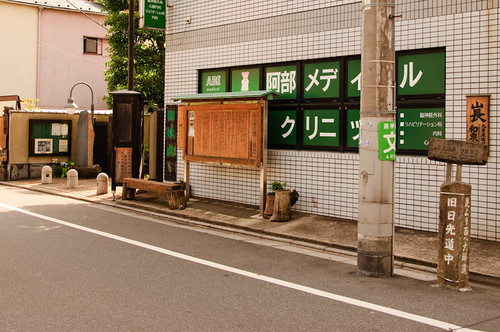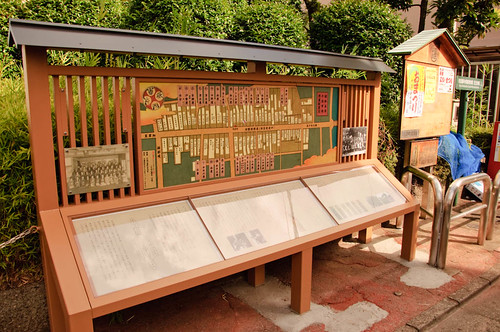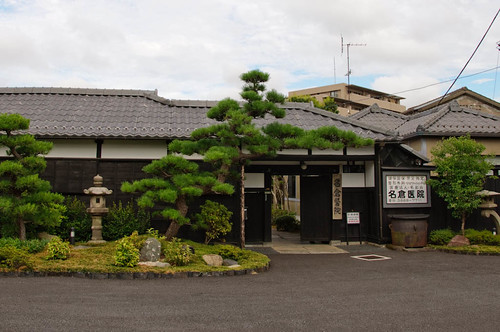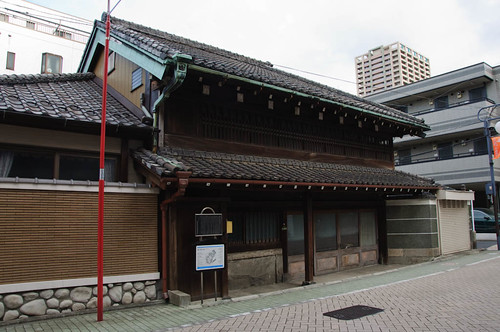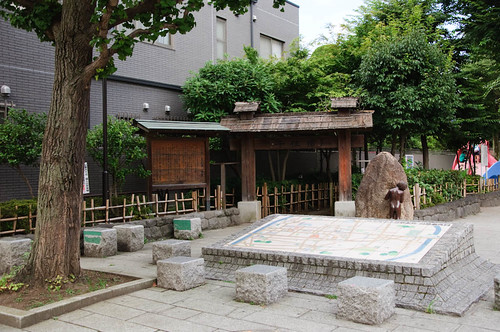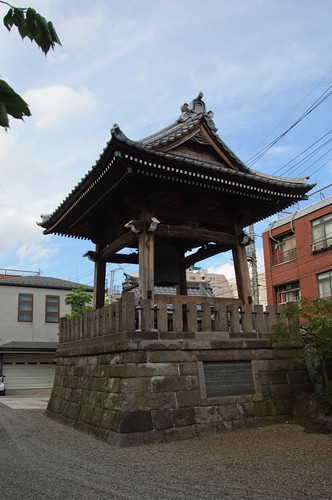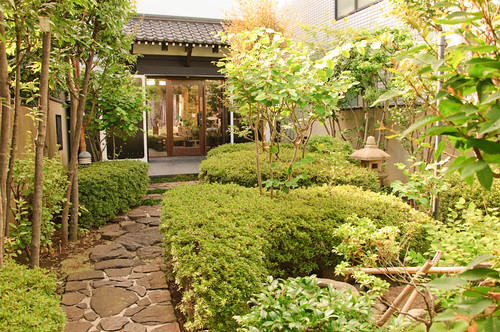
After years of restoration, the old villa of the first Prime Minister of Japan Hirofumi Ito finally reopened to the public late last year. The renovated house provides a glimpse on the previous prime minister life and to the Meiji era houses.


The Prime Minister Ito built the house on 1898 in Kanazawa, a popular area for villas in the Meiji period, the place was visited by the emperor Taisho, crown prince at the time, and the crown prince of Korea.
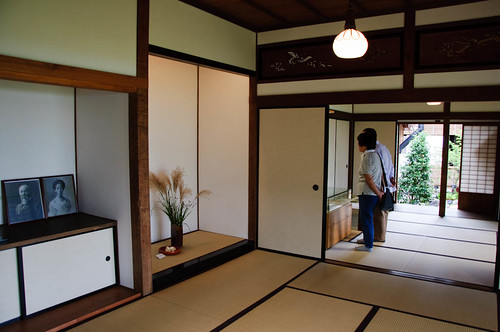

The house with thatched roofs, tatami floors and sliding doors with scenic view to the beach has been designated as an important cultural property by the city of Yokohama.

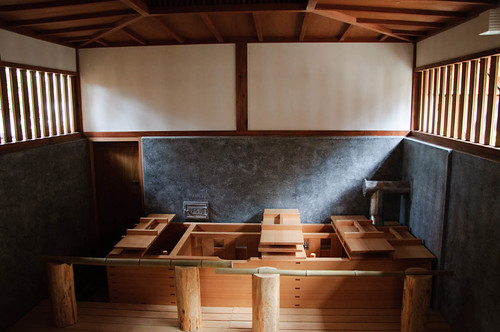
The house layout has been changed after the renovation, and is now divided into three areas, facilities, visitors, and study/bedroom.
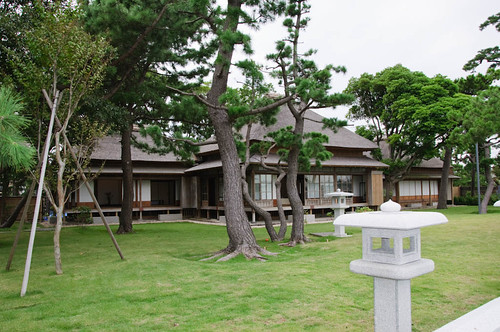
There is no entrance fee, so there is no excuse not to visit the villa when in the area.
Español

